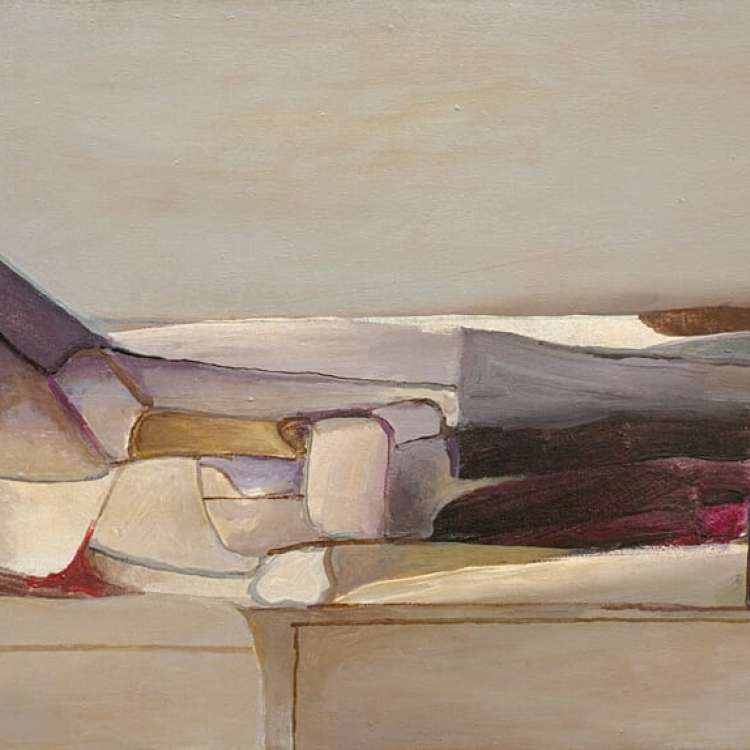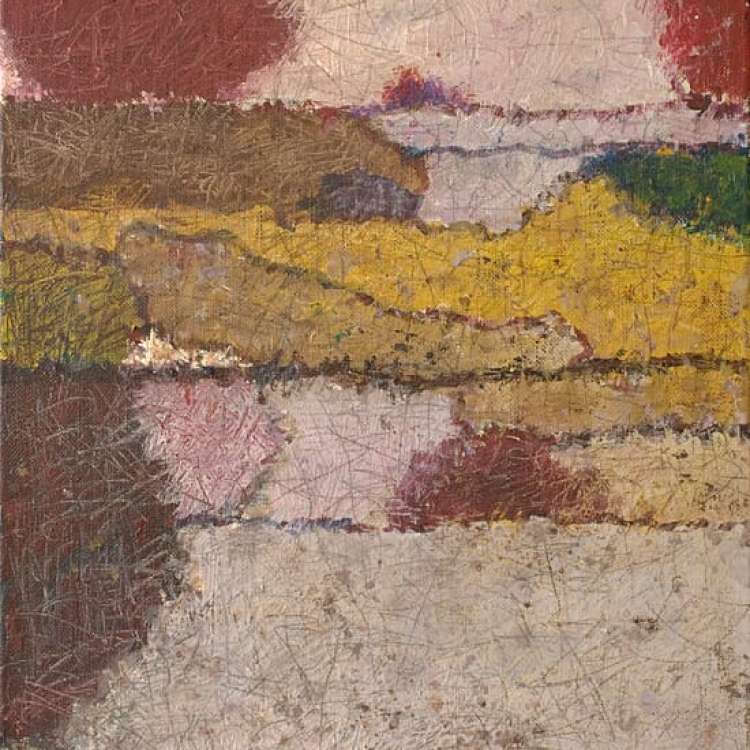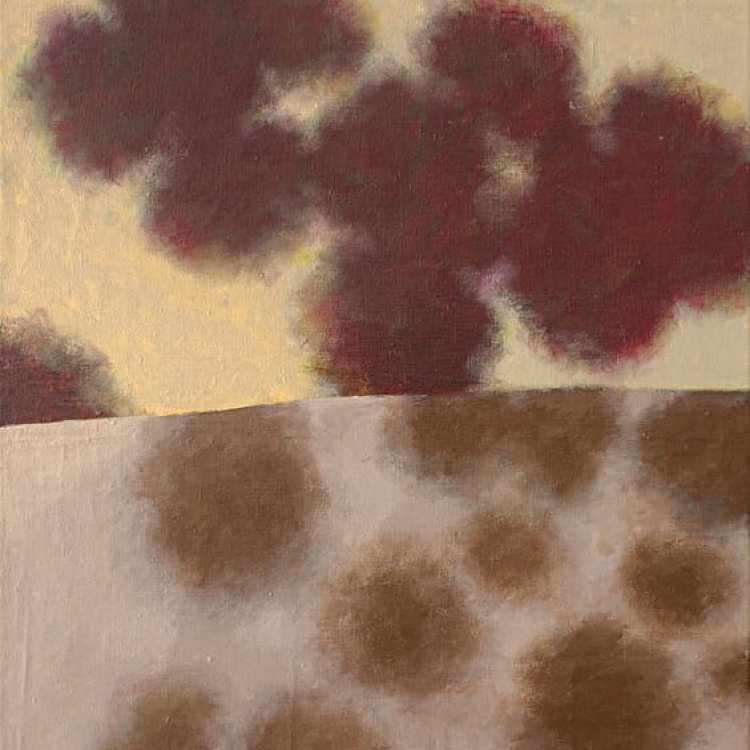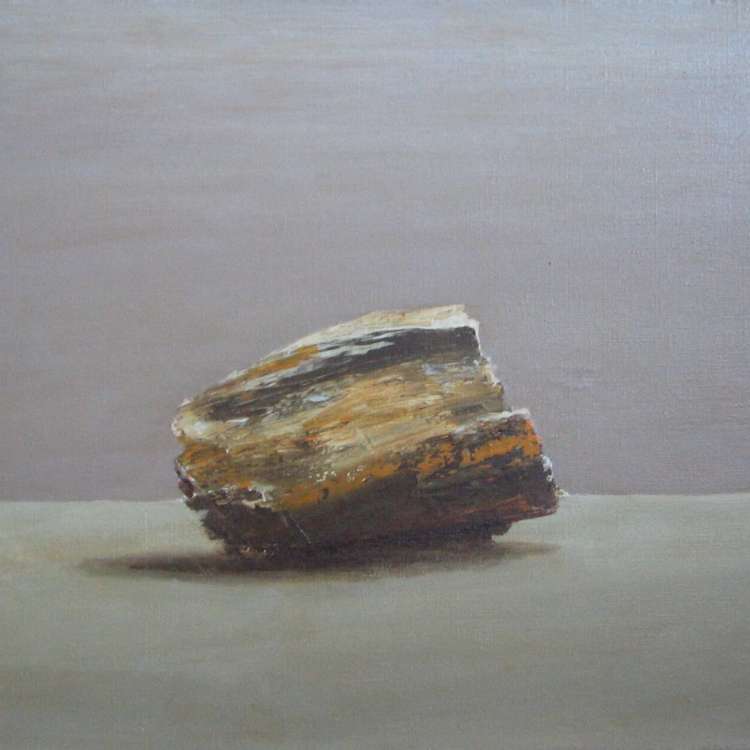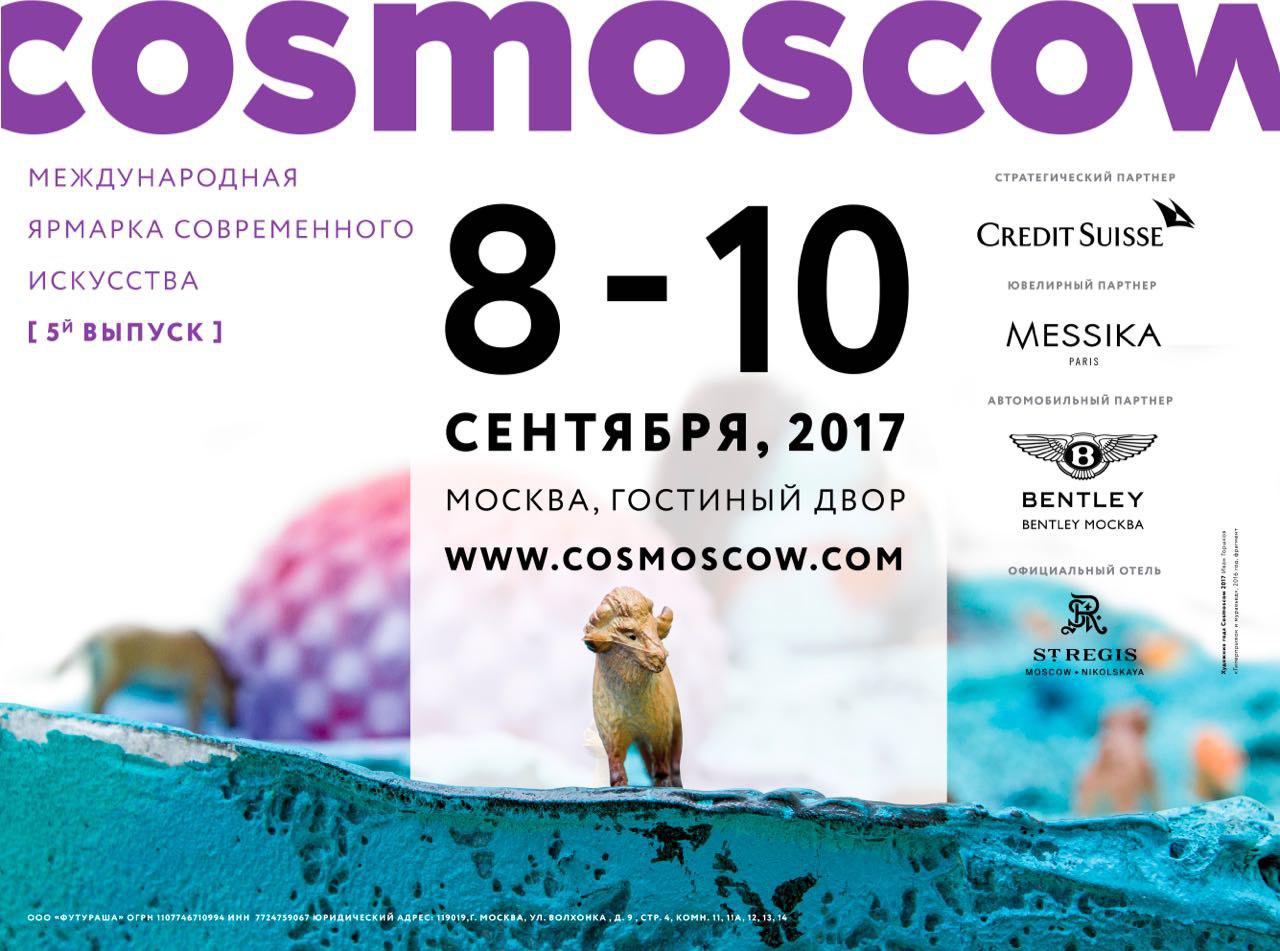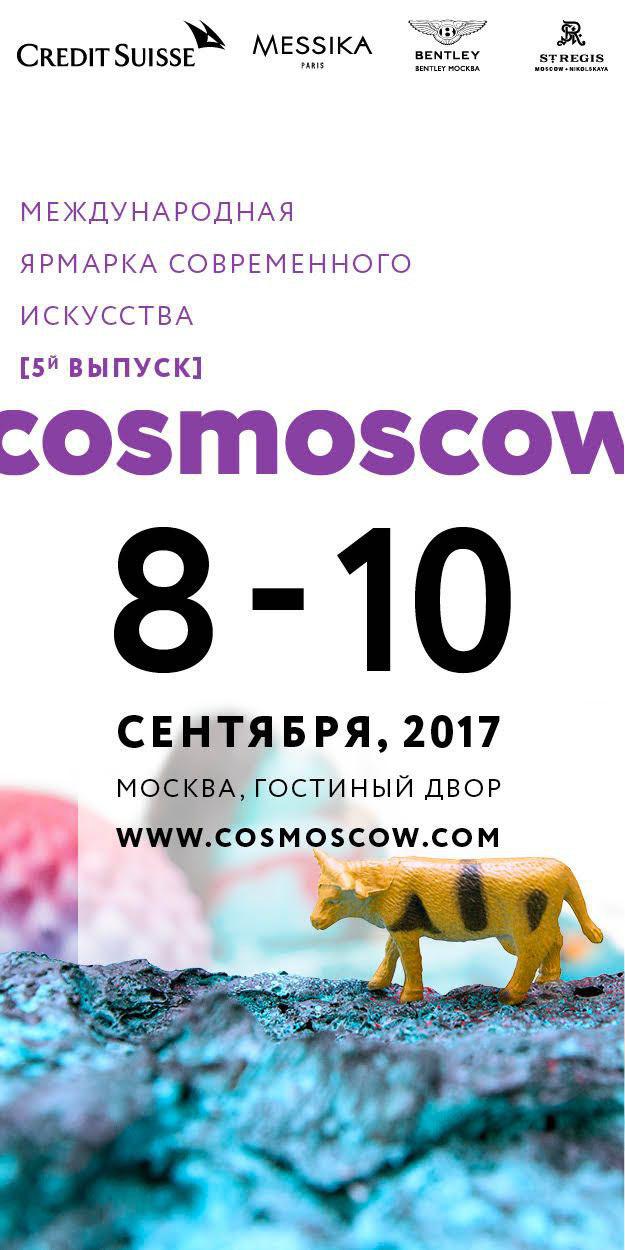Igor Vulokh and Evgeny Dybsky are representatives of expressive abstractionism. Igor Vulokh, a non-conformist artist who belongs to the generation of the 1960s, is an acknowledged master of the ‘other art’. Evgeny Dybsky is an artist from another generation, the 1980s.
What brings these two artists together? It is fair to say first and foremost that they are painters, namely classical painters. The visual component of their work – the composition, color, structure and space – takes precedence over the meaning. They aim not to speak but to show, to transfer visual images directly to the canvas. Neither of the artists' paintings are symbolic, and formally they are abstract, though inspired by the natural world. And finally, both artists again and again return to their original ideas, reinterpreting them in later works, retaining traces of the past in the present. Igor Vulokh began his artistic path with full-scale, almost expressionistic sketches, which had already grown into his distinctive style by 1965. Working in the field of abstract painting, he never broke away completely from nature. Vulokh is a subtle observer and this skill serves as a psychological refuge for him. Observing the varied phenomena of nature, with blue-gray lines he renders an infinitely shifting water; with color and the breathtaking space of the picture he conveys the movement of air. Each step in Vulokh's work is felt intuitively and simultaneously supported by a deep knowledge and awareness of what is happening in contemporary art: from the experience of French Tachisme and Informel to the American school of Action Painting, the abstractions of ‘hard corner’. In Vulokh's work, space seems to be established by palpation, by a tactile study of matter. Therefore these are not empty ‘untested’ artistic pieces. Dybsky possesses great material, realizing his artistic direction in detail, whether it is a perfectly white surface of snow-white coats or a network of aesthetically designed craquelures. In addition to oil, the artist works with tempera and acrylic paints on canvas or fiberboard, creating highly varied tactile sensations through the use of these superimposed colors. This is a completely illusory stone structure, achieved with a special emulsion consisting of pigment, plaster and binder, which has the appearance of a paste-like paint and the ease of transparent colors, reminiscent of a crumbling fresco.

